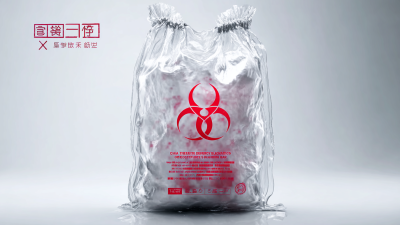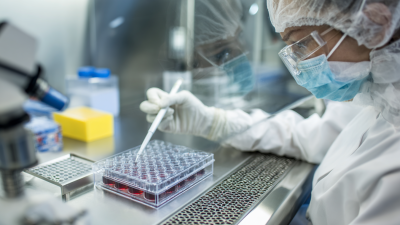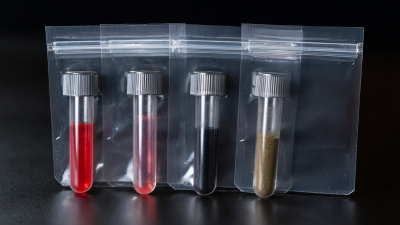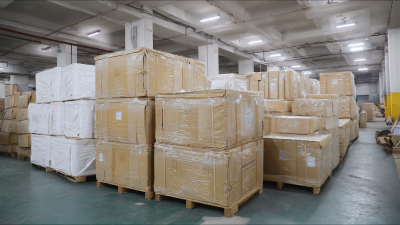 +86 178 5514 5298
+86 178 5514 5298
Leave Your Message
-
 CONTACT NUMBER
CONTACT NUMBER -
 CONTACT NUMBER
CONTACT NUMBER -
 CONTACT NUMBER
CONTACT NUMBER



In the realm of medical laboratories, the integrity and safety of biological samples are paramount, and this is where the significance of the Medical Lab Pouch comes into play. These specialized pouches are designed to provide a secure environment for the collection, transport, and storage of various specimens, ensuring that they remain uncontaminated and viable for analysis. By safeguarding samples from external contaminants and environmental factors, Medical Lab Pouches help maintain the accuracy of test results, which is crucial for effective diagnosis and treatment.
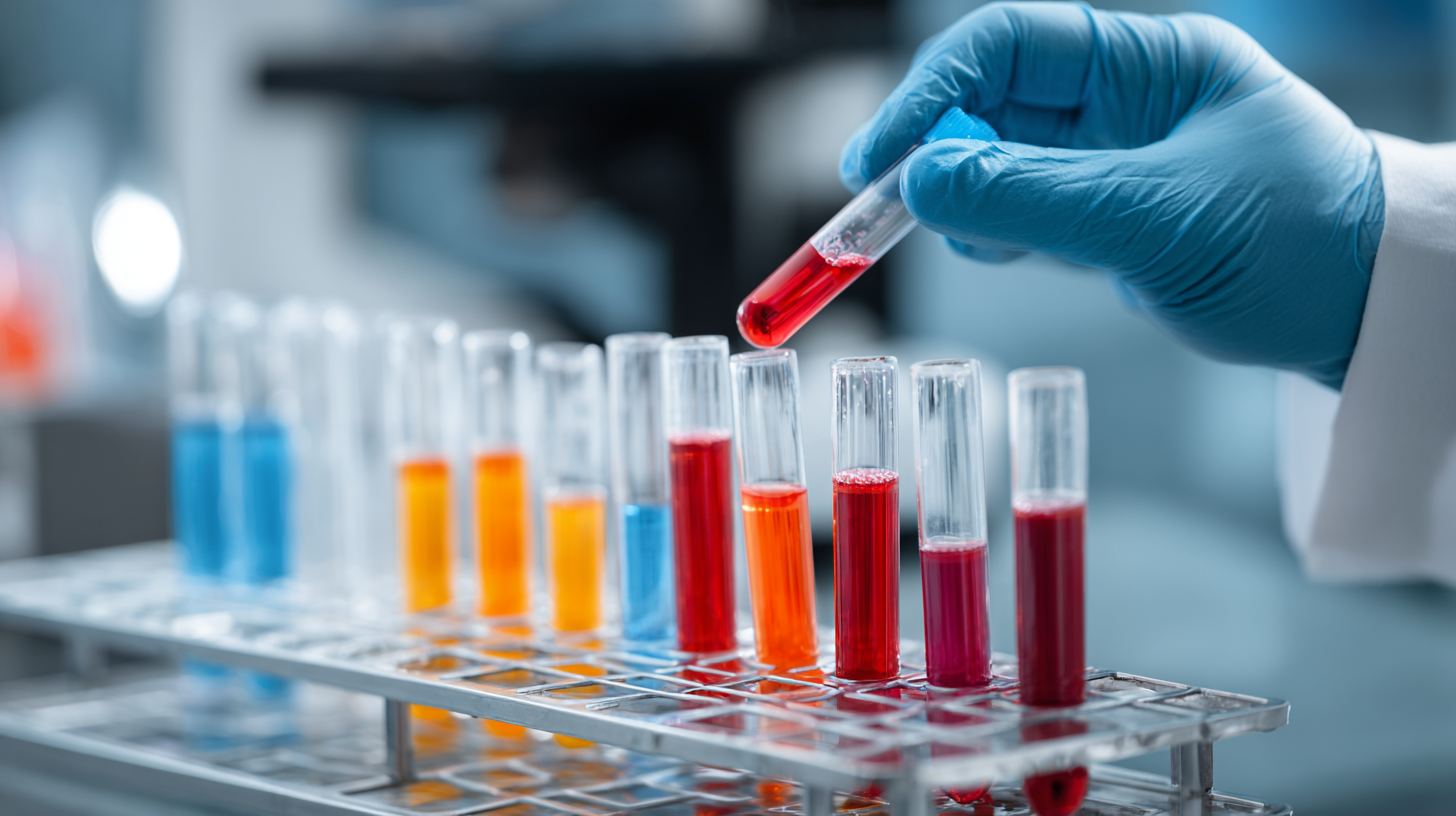
Moreover, the use of these pouches adheres to strict regulatory standards, underscoring their importance in upholding laboratory best practices. As we delve deeper into the functionalities and advantages of Medical Lab Pouches, it becomes clear that they are not just simple carriers but essential tools that contribute significantly to the reliability and safety of medical testing processes.
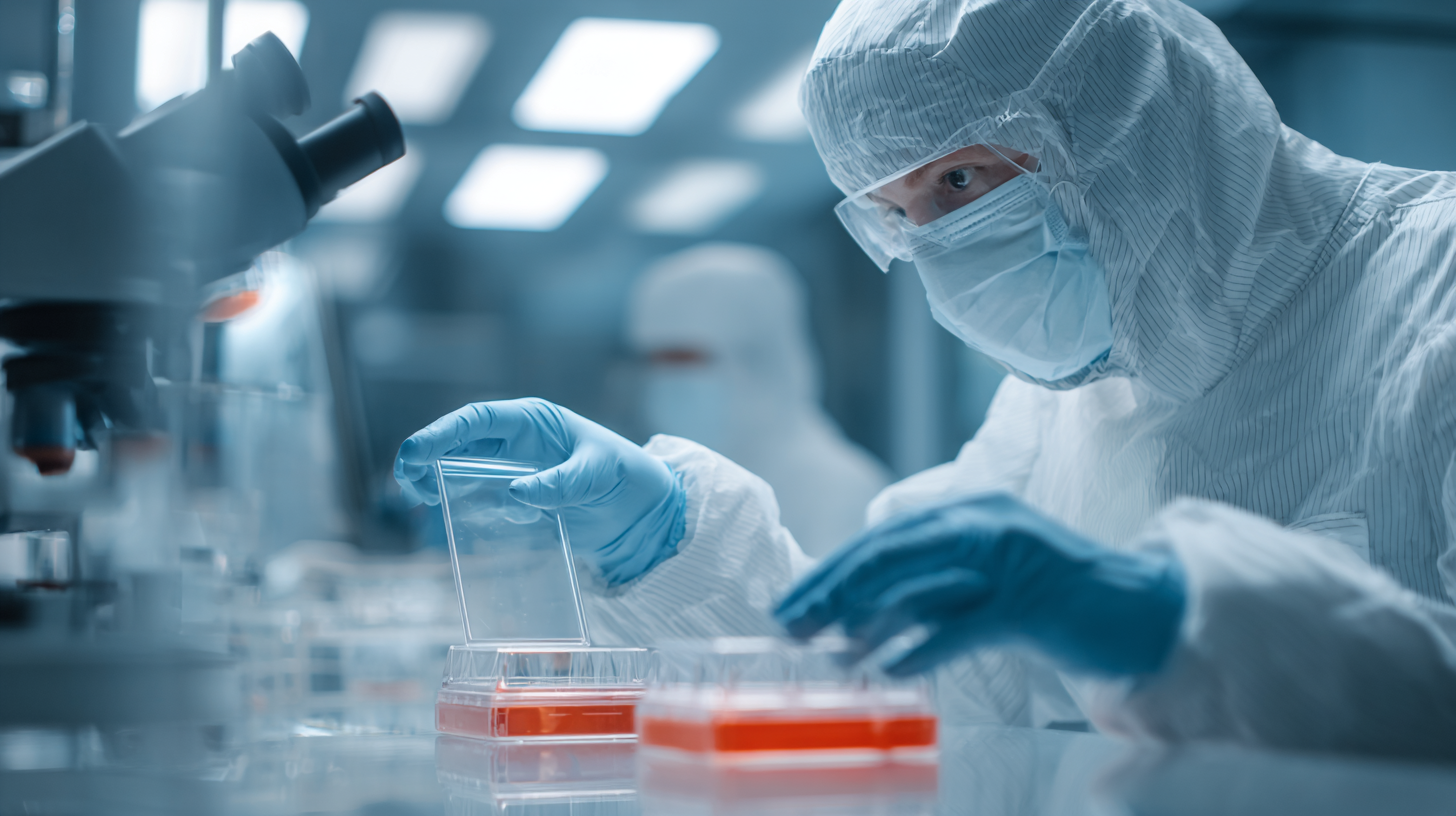 Medical lab pouches play a crucial role in preserving sample quality, ensuring that biological specimens remain uncontaminated and intact during transport and storage. Recent studies highlight the significance of using specialized packaging to maintain the integrity of sensitive samples. For instance, using eco-friendly gelatin-based pouches has been shown to extend the shelf life of poultry meat by minimizing weight loss and preserving moisture efficiency. This innovative approach underlines the importance of utilizing advanced materials that not only provide safety but also adhere to sustainable practices in the medical and food industries.
Medical lab pouches play a crucial role in preserving sample quality, ensuring that biological specimens remain uncontaminated and intact during transport and storage. Recent studies highlight the significance of using specialized packaging to maintain the integrity of sensitive samples. For instance, using eco-friendly gelatin-based pouches has been shown to extend the shelf life of poultry meat by minimizing weight loss and preserving moisture efficiency. This innovative approach underlines the importance of utilizing advanced materials that not only provide safety but also adhere to sustainable practices in the medical and food industries.
Tips: When selecting medical lab pouches, consider those designed with moisture control features, as they help prevent contamination and degradation of samples. Ensuring proper storage conditions is vital; therefore, utilizing desiccants can significantly enhance the preservation of sensitive materials, such as green coffee beans or biological samples, during transport. Furthermore, research suggests that optimal pre-analytical practices can dramatically improve diagnostic accuracy, underscoring the necessity of high-quality packaging solutions for lab samples in various applications, from urine cultures to RNA analysis.
Incorporating these best practices not only helps maintain sample quality but also optimizes the reliability of subsequent analyses, ultimately benefiting patient care and research outcomes alike.
In the ever-evolving field of medical laboratories, the choice of materials used for lab pouches has become critical in ensuring sample integrity and safety. Recent innovations in pouch materials, such as advanced polyethylene and polypropylene composites, have enhanced the barrier properties against moisture and contaminants. According to a report by Grand View Research, the global medical pouch market is expected to reach USD 3.4 billion by 2027, driven by the need for secure and sterile transportation of biological samples.
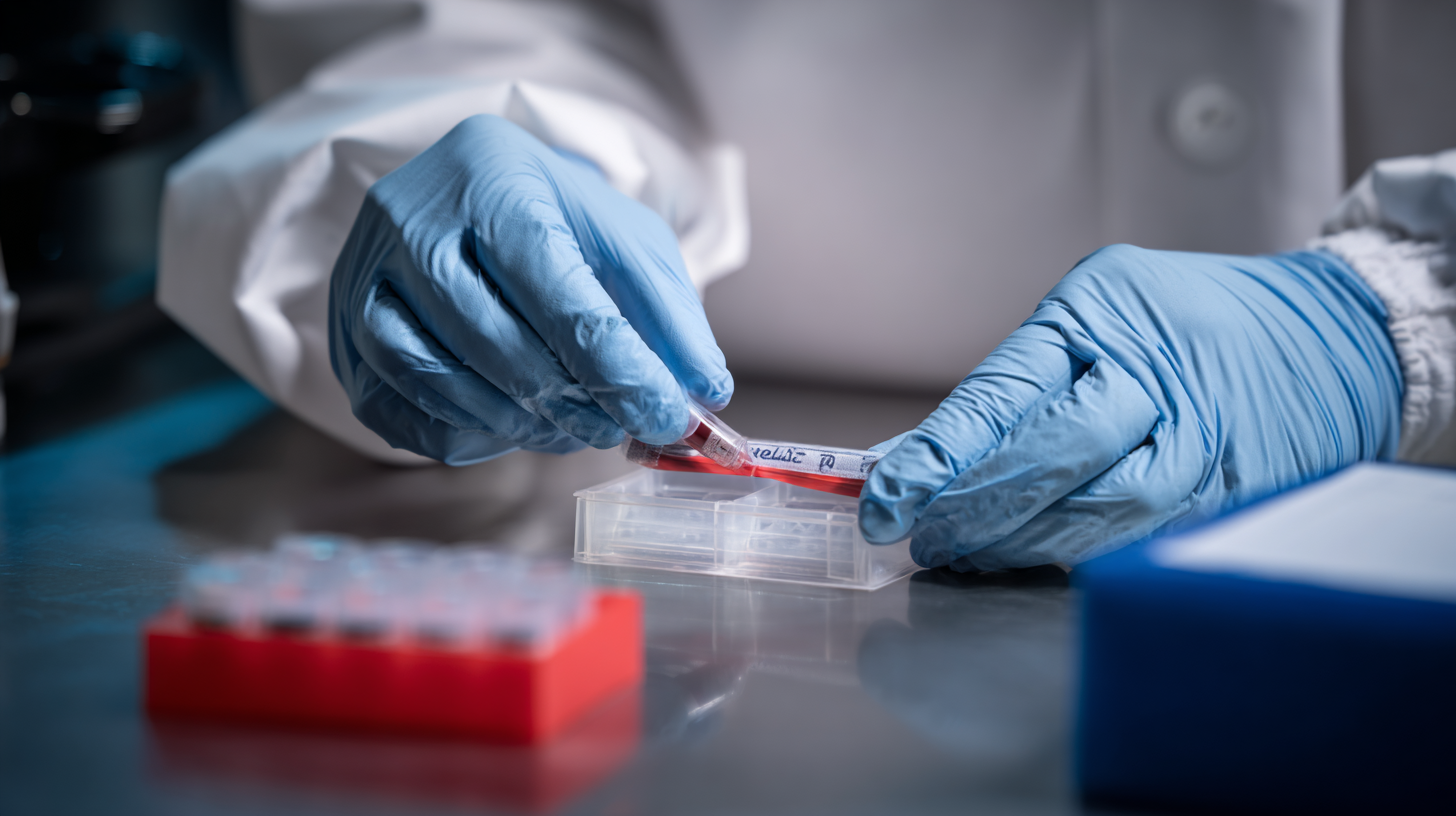
Moreover, these new materials not only provide superior protection but also offer improved durability and temperature resistance, which are essential for maintaining sample viability. For instance, studies published in the Journal of Clinical Microbiology indicate that samples stored in high-quality, barrier-protected pouches remain uncontaminated up to 30 days longer compared to those stored in standard packaging. As laboratories continue to prioritize safety and integrity, the adoption of these innovative materials will play a vital role in compliance with rigorous health standards, ultimately safeguarding patient outcomes and enhancing laboratory efficiency.
In modern laboratories, the use of medical lab pouches plays a critical role in maintaining sample integrity and safety. Standard practices for using these pouches ensure that specimens are protected from contamination and external factors that could compromise their quality. First and foremost, it is essential to choose the appropriate pouch size and material based on the type of sample being collected. For instance, sterile pouches should be used for sensitive specimens that require complete isolation from environmental contaminants.
Additionally, proper sealing techniques are crucial to prevent leakage and maintain airtight conditions. Lab personnel should be trained to securely seal pouches, ensuring that they withstand transportation and handling without compromising the samples inside. Labeling each pouch with relevant information, including sample type, date, and time of collection, further enhances traceability and organization within the lab. By adhering to these standard practices, laboratories can significantly minimize the risk of sample degradation, thus ensuring accurate test results and ultimately improving patient care.
Regulatory guidelines governing medical lab pouch usage play a crucial role in maintaining the integrity and safety of samples collected for analysis. These guidelines, issued by organizations such as the FDA and CLSI, provide essential specifications on materials, design, and handling protocols that ensure samples remain uncontaminated and viable throughout the testing process. By adhering to these regulations, laboratories can minimize the risk of cross-contamination and degradation, which is vital for obtaining accurate test results.
In addition to material standards, regulatory guidelines also emphasize the importance of labeling and documentation practices. Proper labeling not only aids in tracking samples but also ensures that any specific handling requirements are clearly communicated. Furthermore, these guidelines encourage regular training for laboratory personnel on pouch handling and the importance of compliance with established protocols. By following these regulatory frameworks, laboratories can foster a culture of safety and quality, ultimately leading to more reliable diagnostic outcomes.
The future of medical lab pouches is poised to be shaped by advancements in materials technology and a heightened focus on sustainability. Innovative materials such as biodegradable polymers and advanced barrier films are being developed to ensure that lab pouches not only protect samples effectively but also minimize environmental impact. These materials can provide superior protection against contamination and degradation, which is essential for maintaining sample integrity during storage and transportation.
Moreover, the integration of smart technologies into medical lab pouches is on the rise. Features such as moisture control, temperature monitoring, and RFID tracking can enhance patient safety and streamline laboratory processes. These advancements will not only improve the reliability of sample handling but also facilitate more efficient inventory management. As laboratories increasingly emphasize quality control and traceability, the role of advanced medical lab pouches will become more critical, driving innovation in both design and functionality to meet the evolving needs of the healthcare industry.
| Dimension | Description | Current Trends | Future Technologies |
|---|---|---|---|
| Material | High-grade polyethylene for durability and chemical resistance | Increased use of sustainable materials | Biodegradable options and advanced composite materials |
| Sealing Technology | Heat sealing and ultrasonic sealing methods | Shift towards more efficient sealing techniques | Smart sealing with real-time monitoring capability |
| Sterilization | Gamma irradiation and ethylene oxide | Increased focus on effective sterilization methods | Integration of sterilization indicators |
| Labeling | Pre-printed and customizable labels for identification | Use of QR codes for instant data access | Blockchain technology for enhanced tracking |
| Size and Dimensions | Standard sizes vary based on sample types | Move towards modular and customizable sizes | 3D printing of lab pouches for specific samples |
